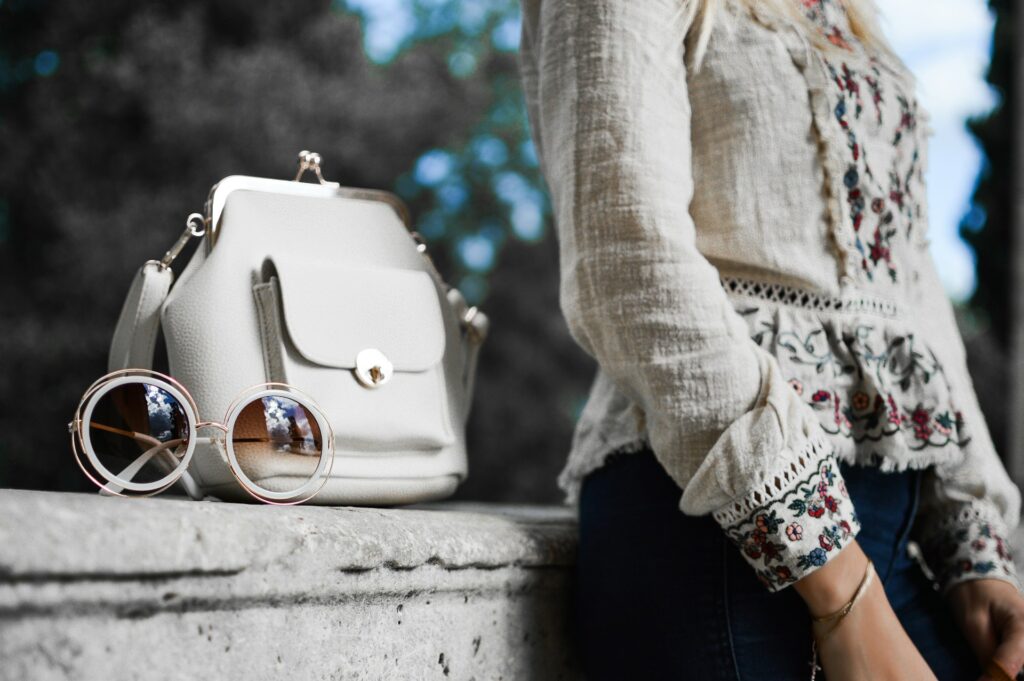Introduction: Fashion retailers play a pivotal role in the global fashion industry, bridging the gap between designers and consumers. They curate collections that reflect current trends, seasonal changes, and cultural influences, providing consumers with the latest fashion. This article delves into the world of fashion retailers, examining their impact, strategies, challenges, and the future of fashion retail.
Fashion History
The Evolution of Fashion Retail
Fashion retail has evolved significantly from local markets and tailor shops to global brands and online platforms. The industrial revolution and the advent of mass production transformed fashion retail, making fashion accessible to a broader audience.
Historical Influences on Current Trends
Many contemporary fashion trends have roots in historical styles. For instance, the resurgence of vintage and retro fashion reflects a nostalgic revival of past decades, influenced by previous eras such as the Roaring Twenties, the Swinging Sixties, and the Bold Eighties.
Key Designers and Brands
Influential Figures in Fashion Retail
Key designers like Coco Chanel, Christian Dior, and Yves Saint Laurent have revolutionized fashion retail with their innovative designs and branding strategies. These designers not only shaped fashion trends but also established enduring brands that continue to influence the industry.
Major Fashion Retail Brands
Brands like Zara, H&M, and Uniqlo have redefined fashion retail with their fast-fashion model, offering trendy and affordable clothing. Luxury brands such as Gucci, Louis Vuitton, and Chanel set the standard for high-end fashion, combining craftsmanship with cutting-edge design.
Fashion Shows and Events
Importance of Fashion Weeks
Fashion weeks in cities like Paris, Milan, New York, and London are pivotal events in the fashion calendar. They showcase designers’ latest collections, set upcoming trends, and generate significant media coverage, influencing consumer preferences and retail strategies.
Impact of Fashion Events on Retail
Fashion events drive retail sales by creating buzz and anticipation around new collections. Retailers leverage these events to market their products, often aligning store displays and marketing campaigns with the themes and trends showcased on the runways.
Trend Analysis
Current Fashion Trends
Current fashion trends include sustainable fashion, gender-neutral clothing, and the integration of technology in fashion. These trends reflect broader societal changes, such as increased environmental awareness and a move towards inclusivity and innovation.
Predicting Future Trends
Analyzing consumer behavior, social media, and cultural shifts helps predict future fashion trends. Retailers and designers use data analytics and trend forecasting to stay ahead, ensuring their collections resonate with upcoming consumer preferences.
Style Tips
How to Wear Current Trends
Understanding how to incorporate current trends into everyday outfits can be challenging. Style tips include mixing high-end pieces with affordable basics, accessorizing effectively, and adapting trends to suit individual body types and personal styles.
Building a Versatile Wardrobe
A versatile wardrobe includes timeless staples like a well-fitted blazer, classic jeans, and a little black dress. These pieces can be mixed and matched with trendier items to create a balanced and adaptable fashion sense.
Sustainability in Fashion
The Rise of Sustainable Fashion
Sustainability has become a significant focus in fashion retail, with brands and consumers increasingly prioritizing eco-friendly practices. Sustainable fashion involves using organic materials, reducing waste, and promoting ethical labor practices.
Retailers Leading the Sustainability Movement
Brands like Patagonia, Stella McCartney, and Everlane are at the forefront of sustainable fashion. They implement eco-friendly practices, from sourcing sustainable materials to ensuring fair labor conditions, setting a standard for the industry.
Technology in Fashion
Innovations Shaping Fashion Retail
Technology is transforming fashion retail through innovations such as virtual fitting rooms, AI-driven personal shopping assistants, and blockchain for supply chain transparency. These technologies enhance the shopping experience and improve operational efficiency.
The Role of E-commerce
E-commerce has revolutionized fashion retail, offering consumers convenience and a vast selection of products. Online platforms like ASOS, Net-a-Porter, and Farfetch have become major players, providing a seamless shopping experience and extensive product ranges.
Celebrity and Cultural Impact
Influence of Celebrities on Fashion
Celebrities significantly impact fashion trends through endorsements, collaborations, and their personal style. Their influence extends to social media, where millions of followers emulate their looks, driving retail sales and brand visibility.
Media and Cultural Trends
Media, including films, TV shows, and social media, shapes fashion trends by showcasing particular styles and brands. Cultural phenomena, such as the popularity of K-pop, also drive fashion trends, influencing consumer preferences globally.
Conclusion
Fashion retailers are at the heart of the fashion industry, adapting to trends, consumer preferences, and technological advancements. Their role is crucial in shaping fashion culture, promoting sustainability, and leveraging technology to enhance the shopping experience. As the industry evolves, fashion retailers will continue to innovate, reflecting the dynamic nature of fashion itself.

